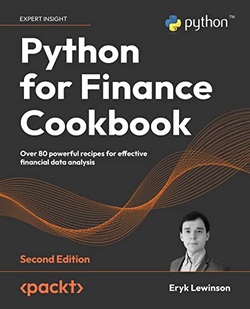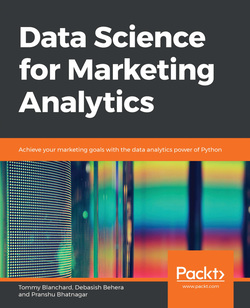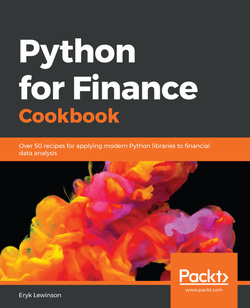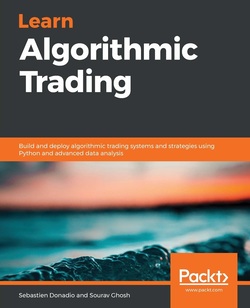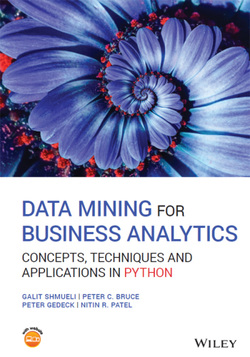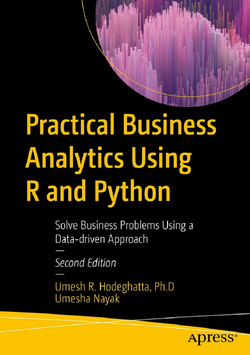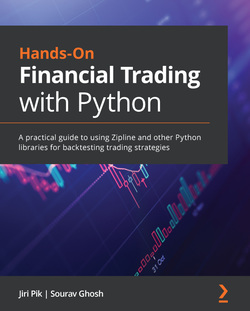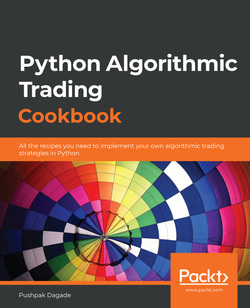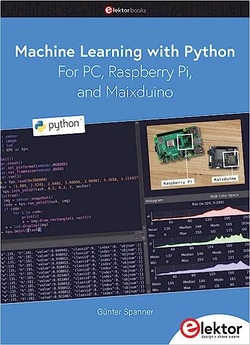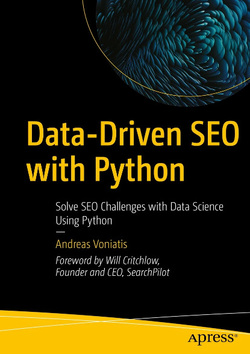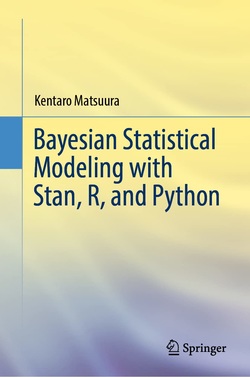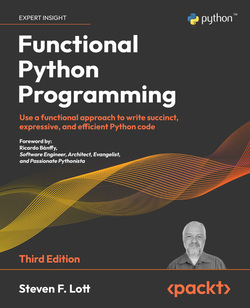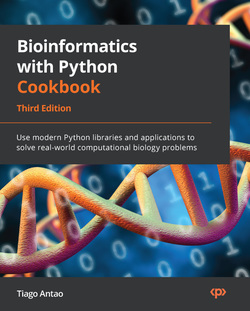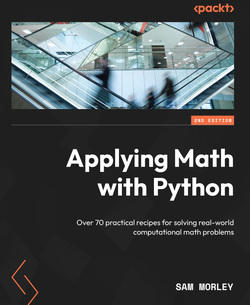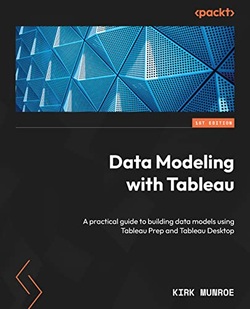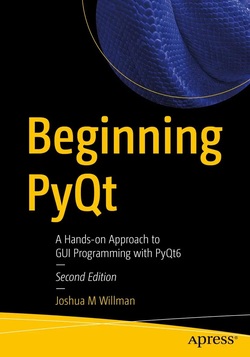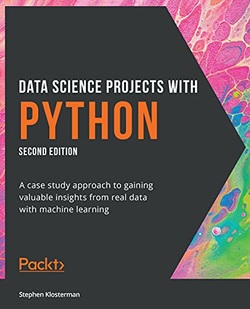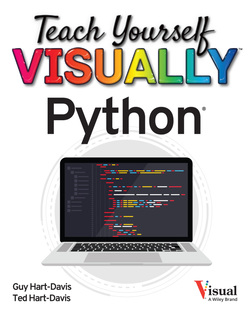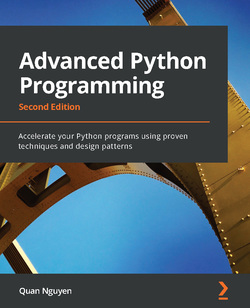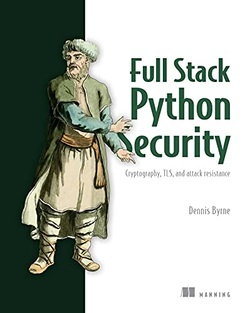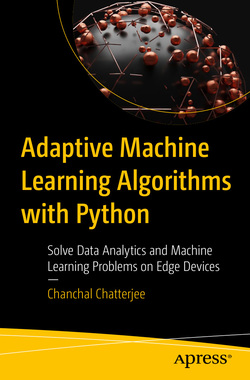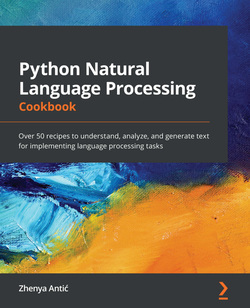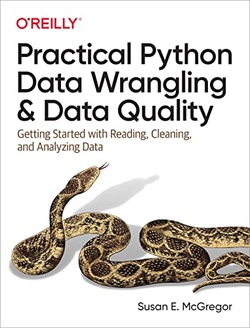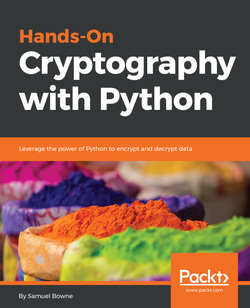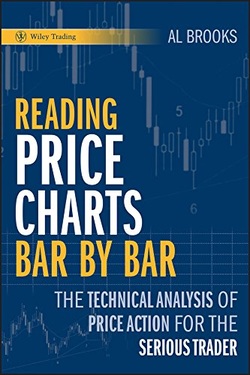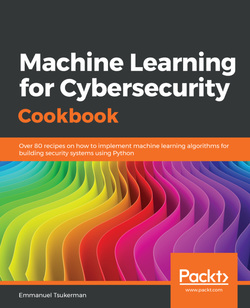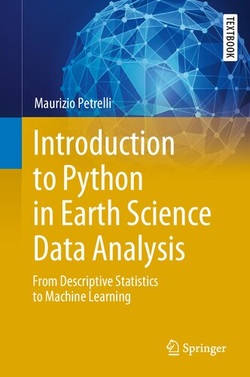پایتون برای سرمایه گذاری؛ تجزیه و تحلیل داده های مالی بزرگ
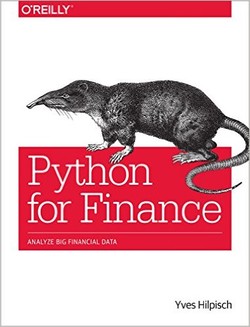
صنعت مالی اخیرا پایتون را در نرخهای عظیم بهکار گرفته است. به همراه برخی از بزرگترین بانکهای سرمایهگذاری و صندوقهای تامینی که از پایتون برای ساخت تجارت هسته اصلی و سیستمهای مدیریت ریسک استفاده کردهاند.
این راهنمای عملی کمک میکند تا توسعهدهندگان و تحلیلگران، هردو با پایتون آغاز کنند و خواننده را از طریق مهمترین جنبههای استفاده از پایتون برای کمیت امور مالی راهنمایی میکند.
این راهنمای عملی کمک میکند تا توسعهدهندگان و تحلیلگران، هردو با پایتون آغاز کنند و خواننده را از طریق مهمترین جنبههای استفاده از پایتون برای کمیت امور مالی راهنمایی میکند.
سال انتشار: 2015 | 566 صفحه | حجم فایل: 14 مگابایت | زبان: انگلیسی
Python for Finance: Analyze Big Financial Data
نویسنده
Yves Hilpisch
ناشر
O’Reilly Media
ISBN10:
1491945281
ISBN13:
9781491945285
قیمت: 16000 تومان
برچسبها: پایتون پایتون برای امور مالی تحلیل مالی
The financial industry has adopted Python at a tremendous rate recently, with some of the largest investment banks and hedge funds using it to build core trading and risk management systems. This hands-on guide helps both developers and quantitative analysts get started with Python, and guides you through the most important aspects of using Python for quantitative finance.
Using practical examples through the book, author Yves Hilpisch also shows you how to develop a full-fledged framework for Monte Carlo simulation-based derivatives and risk analytics, based on a large, realistic case study. Much of the book uses interactive IPython Notebooks, with topics that include:
Fundamentals: Python data structures, NumPy array handling, time series analysis with pandas, visualization with matplotlib, high performance I/O operations with PyTables, date/time information handling, and selected best practices
Financial topics: mathematical techniques with NumPy, SciPy and SymPy such as regression and optimization; stochastics for Monte Carlo simulation, Value-at-Risk, and Credit-Value-at-Risk calculations; statistics for normality tests, mean-variance portfolio optimization, principal component analysis (PCA), and Bayesian regression
Special topics: performance Python for financial algorithms, such as vectorization and parallelization, integrating Python with Excel, and building financial applications based on Web technologies
